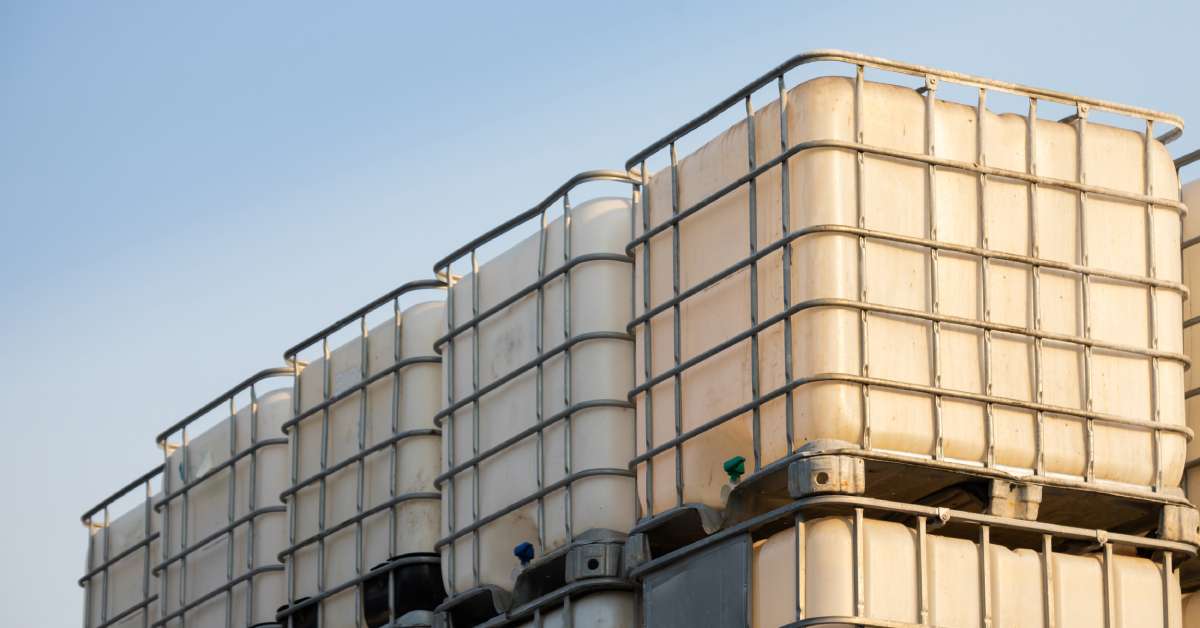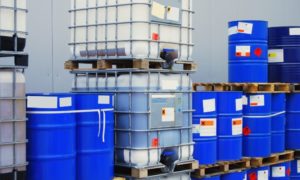Plastic tanks serve as a reliable storage solution for many industries. However, heat can have a negative effect on the tanks’ performance and longevity. Understanding the impact of heat on your plastic storage tank and taking steps to mitigate the issue will help you keep your tank in top condition.
Heat’s Influence on Plastic Durability
When you expose plastic storage tanks to heat, their material integrity may weaken. High temperatures can cause plastic to become brittle, leading to cracks and potential leaks.
Thermal Expansion and Its Consequences
Heat can also impact your plastic storage tank by causing the plastic to expand. This thermal expansion can result in warping or deforming of your tank. When the tank cools down, it contracts, which may create stress points and eventually lead to structural failure. Ensuring proper installation and appropriate temperature management can mitigate these risks.
Chemical Reactions Under High Temperatures
High temperatures can trigger chemical reactions within the plastic tank, especially if the tank stores certain chemicals. These reactions may degrade the plastic, compromising its strength and functionality. Fortunately, consulting a plastic tank manufacturer like Miller Plastic Products will ensure that you select the right storage tank material for your specific needs.
Some plastic materials handle heat better than others; for example, cross-linked polyethylene (XLPE) and high-density polyethylene (HDPE) are more heat-resistant. Therefore, choosing the right material based on your application and environmental conditions is crucial.
UV Radiation and Heat Exposure
Prolonged exposure to UV radiation and heat can break down the molecular structure of plastic. This degradation weakens the tank and shortens its lifespan. Using UV-resistant coatings or positioning tanks in shaded areas helps protect them from these harmful effects.
Insulation and Temperature Control
Installing insulation around your plastic storage tank can significantly reduce the impact of heat. Proper insulation helps maintain a consistent internal temperature, which prevents the tank from experiencing extreme temperature fluctuations. This precaution extends the tank’s service life.
The Role of Ventilation
Good ventilation around your plastic storage tank can dissipate heat and prevent overheating. Proper airflow also reduces the risk of thermal expansion and chemical degradation. Ensuring your tank has adequate ventilation safeguards its structure and prolongs its usability.
Heat and Pressure Buildup
Heat can increase the pressure inside a sealed plastic storage tank. This pressure buildup can cause the tank to bulge or rupture. Installing pressure relief valves can help manage this issue by maintaining safe pressure levels within the tank.
Maintenance Checks and Inspections
Regular maintenance checks and inspections of plastic storage tanks are essential to identify early signs of heat damage. Look for any warping, discoloration, or cracks that indicate heat-related issues. Addressing these problems promptly helps prevent more severe damage from developing.
The impact of heat on your plastic storage tank can be significant, affecting its durability, chemical stability, and overall performance. By taking preventive measures and working with experts like Miller Plastic Products, you can extend your tank’s lifespan and ensure reliable storage tank performance.




